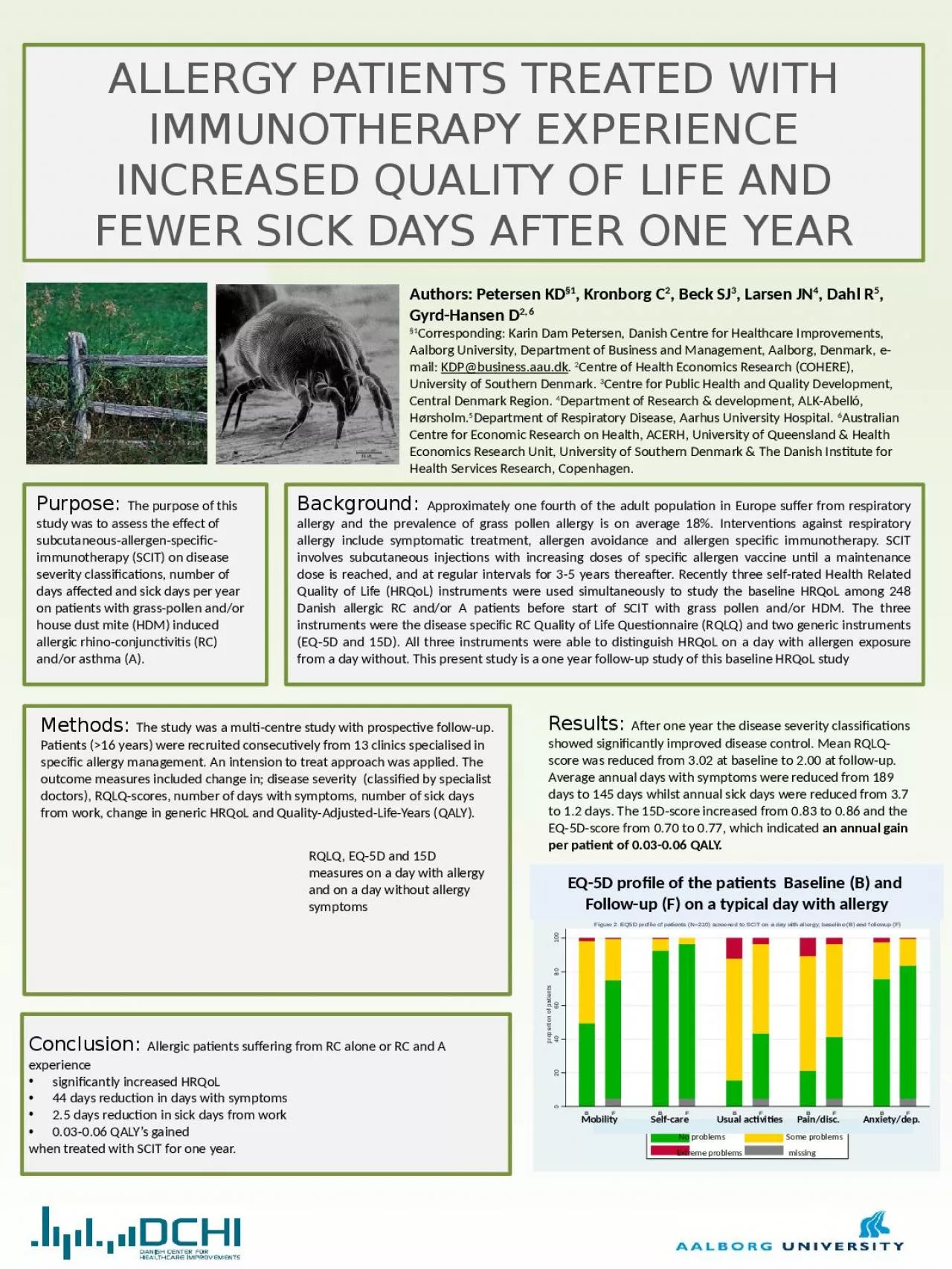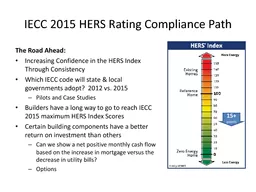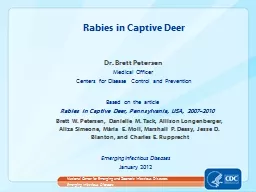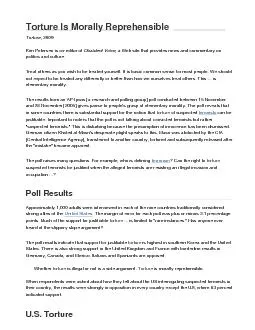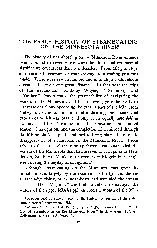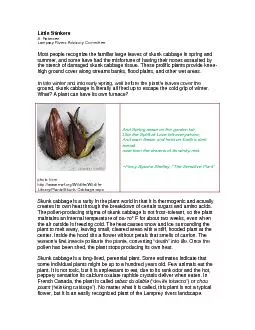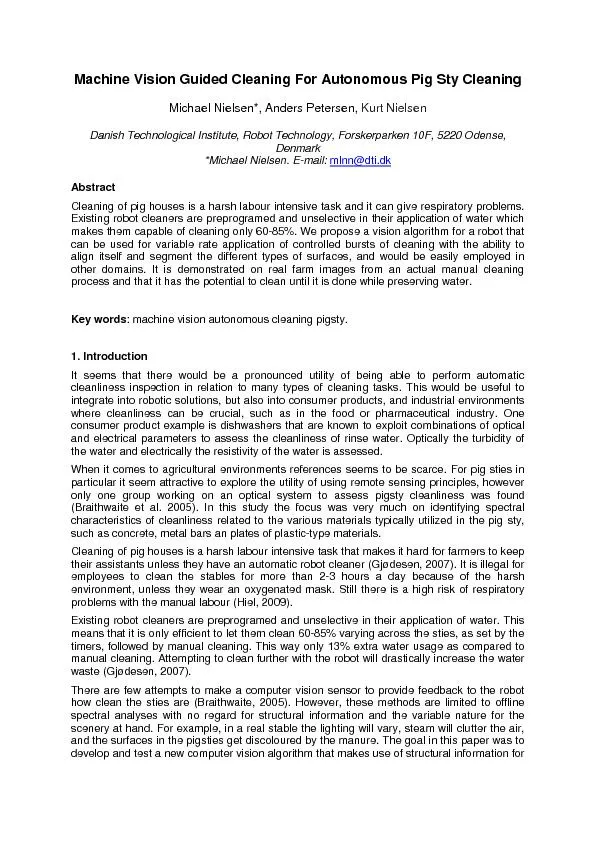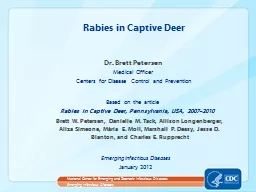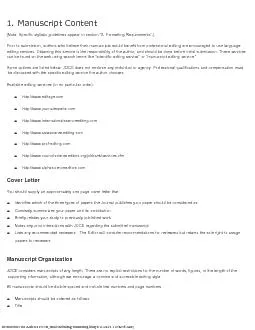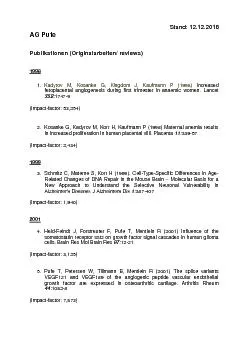PPT-Authors : Petersen KD §1
Author : HappyHusky | Published Date : 2022-08-03
Kronborg C 2 Beck SJ 3 Larsen JN 4 Dahl R 5 GyrdHansen D 2 6 1 Corresponding Karin Dam Petersen Danish Centre for Healthcare Improvements Aalborg University
Presentation Embed Code
Download Presentation
Download Presentation The PPT/PDF document "Authors : Petersen KD §1" is the property of its rightful owner. Permission is granted to download and print the materials on this website for personal, non-commercial use only, and to display it on your personal computer provided you do not modify the materials and that you retain all copyright notices contained in the materials. By downloading content from our website, you accept the terms of this agreement.
Authors : Petersen KD §1: Transcript
Download Rules Of Document
"Authors : Petersen KD §1"The content belongs to its owner. You may download and print it for personal use, without modification, and keep all copyright notices. By downloading, you agree to these terms.
Related Documents

